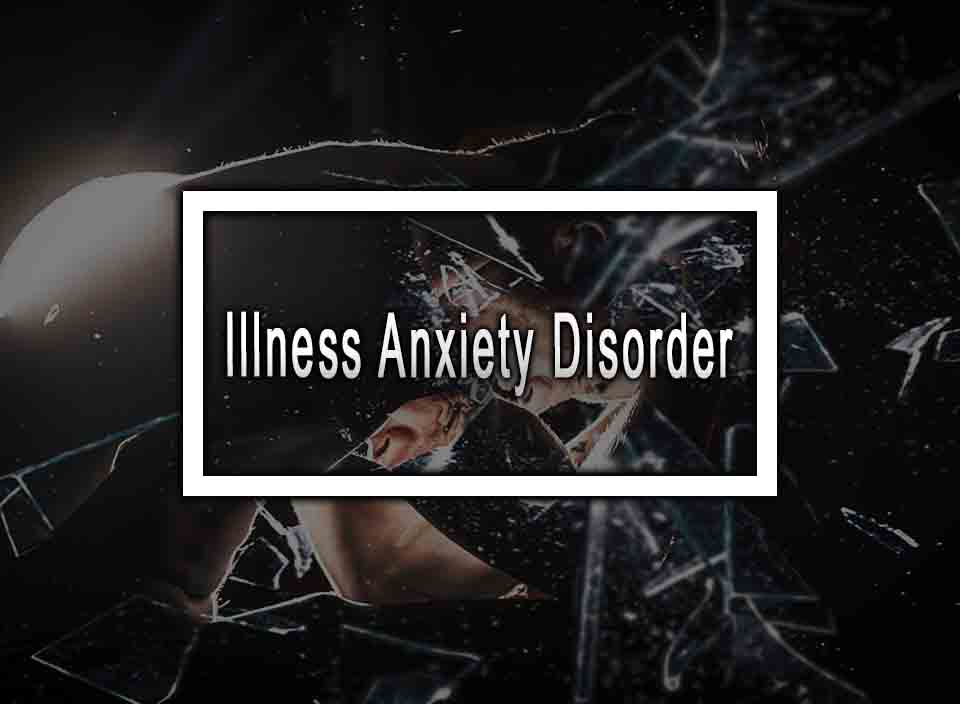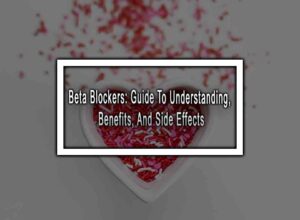Table of Contents
ToggleYour Personal Kick-Starter Guide to Understanding Illness Anxiety Disorder
Illness Anxiety Disorder (IAD) is an under-discussed, prevalent mental health issue affecting countless individuals. This often misunderstood condition is characterized by a preoccupation with serious illnesses, even in the absence of symptoms or medical basis. If you, or someone you love, is struggling with this condition, we’ve got the lowdown. Delve into our comprehensive guide to seven key points about Illness Anxiety Disorder!
What is Illness Anxiety Disorder?
IAD, formerly referred to as hypochondriasis, is a type of somatic symptom disorder. More than just being health-conscious, people with IAD have an intense, overwhelming fear of having a serious, undiagnosed medical condition.
Symptoms of Illness Anxiety Disorder
Though individuals with IAD may not exhibit physical symptoms, their anxiety manifests excessively. This might include obsessively researching diseases, frequent doctor visits, or indulging in worst-case-scenario type thinking.
Differentiating it from General Health Anxiety
With IAD, concerns are focused on a specific disease or disease, unlike general health anxiety where worry can be around any potential health issue.
Common Triggers of Illness Anxiety Disorder
Factors that could trigger IAD range from family health history, and past personal health issues, to stress or traumatic events.
Treatment Options for IAD
Treatments are typically based on Cognitive Behavioral Therapy (CBT), medications, stress management, and promoting a healthier lifestyle.
Coping Strategies
Living with IAD can be challenging. Coping strategies might include mindfulness exercises, regular exercise, adequate sleep, a balanced diet, and avoiding internet diagnosis.
Socio-Personal Impact and Support
The socio-personal impact of IAD can be extensive. It’s crucial to seek and offer support as a society to people living with IAD.
Conclusion
Illness Anxiety Disorder (IAD) can be an isolating condition, but that does not have to be your reality. By gaining a comprehensive understanding of the disorder, recognizing its symptoms, and exploring available treatments, it’s possible to lead a full and healthier life despite IAD. Remember, it’s absolutely okay to seek help when needed. Let’s rise above the unknown, toward understanding, from fear to freedom. After all, health isn’t just about living free from disease but living fully – mind, body, and spirit.
Illness Anxiety Disorder FAQ
Here are the most common questions about illness anxiety disorder.
1. Can Illness Anxiety Disorder be treated?
Yes, IAD can be treated through a combination of medication and psychotherapy. Cognitive-behavioral therapy (CBT) is a common form of therapy used to treat IAD, which helps individuals identify and challenge their negative thoughts and beliefs about health.
2. What are some coping strategies for individuals with Illness Anxiety Disorder?
Coping strategies for IAD may include mindfulness techniques, relaxation exercises, and engaging in enjoyable activities. It may also be helpful to limit exposure to health-related information and to seek support from loved ones and mental health professionals.
3. Is Illness Anxiety Disorder the same as being a hypochondriac?
Yes, IAD was formerly known as hypochondriasis, but the term has fallen out of favor due to its negative connotations. The term IAD more accurately reflects the condition as a mental health disorder, rather than a personality trait or character flaw.
4. What is the difference between Illness Anxiety Disorder and somatic symptom disorder?
While both IAD and somatic symptom disorder (SSD) involve a preoccupation with physical symptoms, the focus of concern in IAD is on the fear of having a serious illness, while in SSD it is on the symptoms themselves. Additionally, IAD typically involves minimal or no physical symptoms, while SSD involves distressing physical symptoms that may or may not have a clear medical explanation.
5. How common is Illness Anxiety Disorder?
It is estimated that about 1-2% of the general population has IAD. However, the exact prevalence is difficult to determine, as many individuals with IAD may not seek treatment or may be misdiagnosed with a medical condition.












